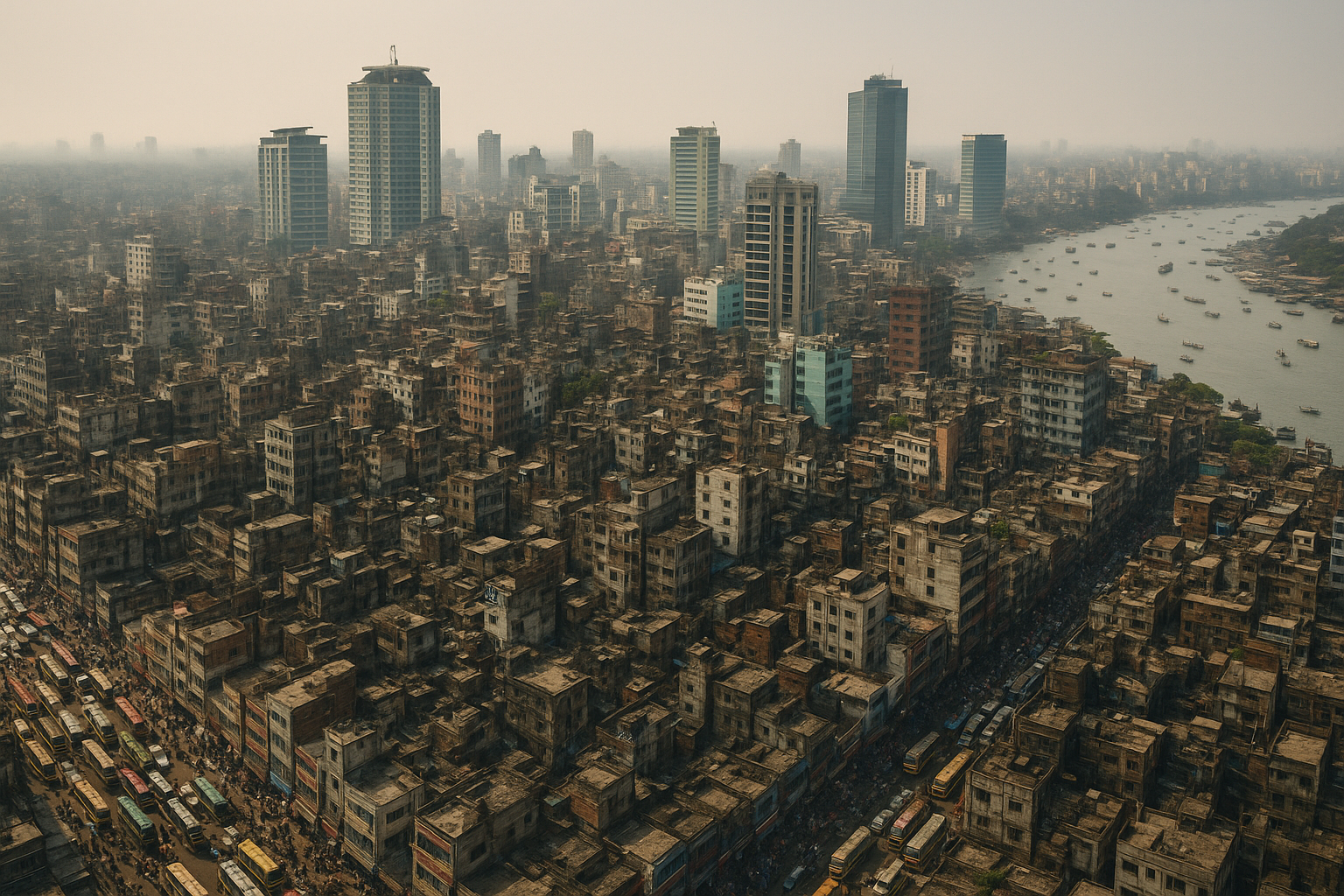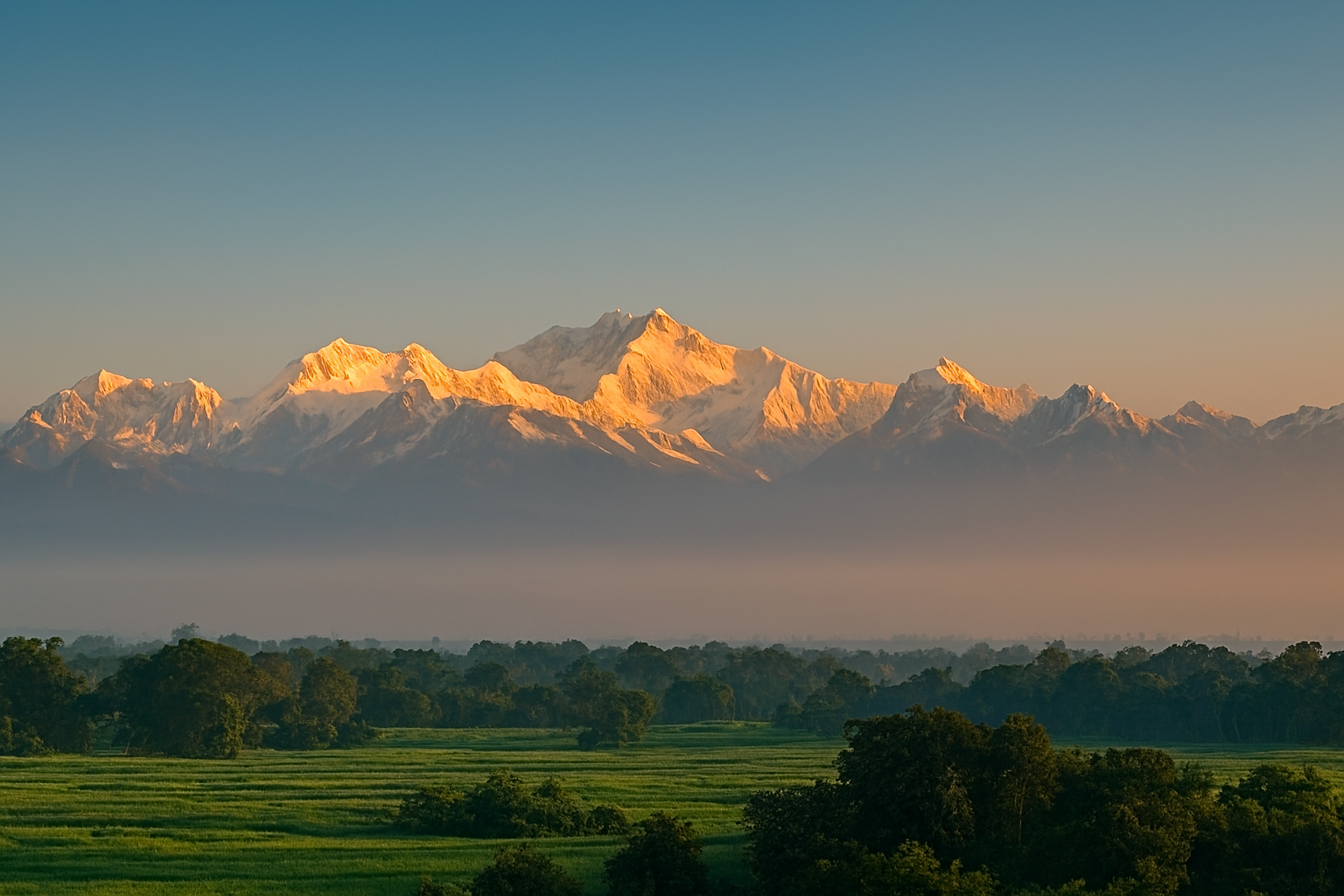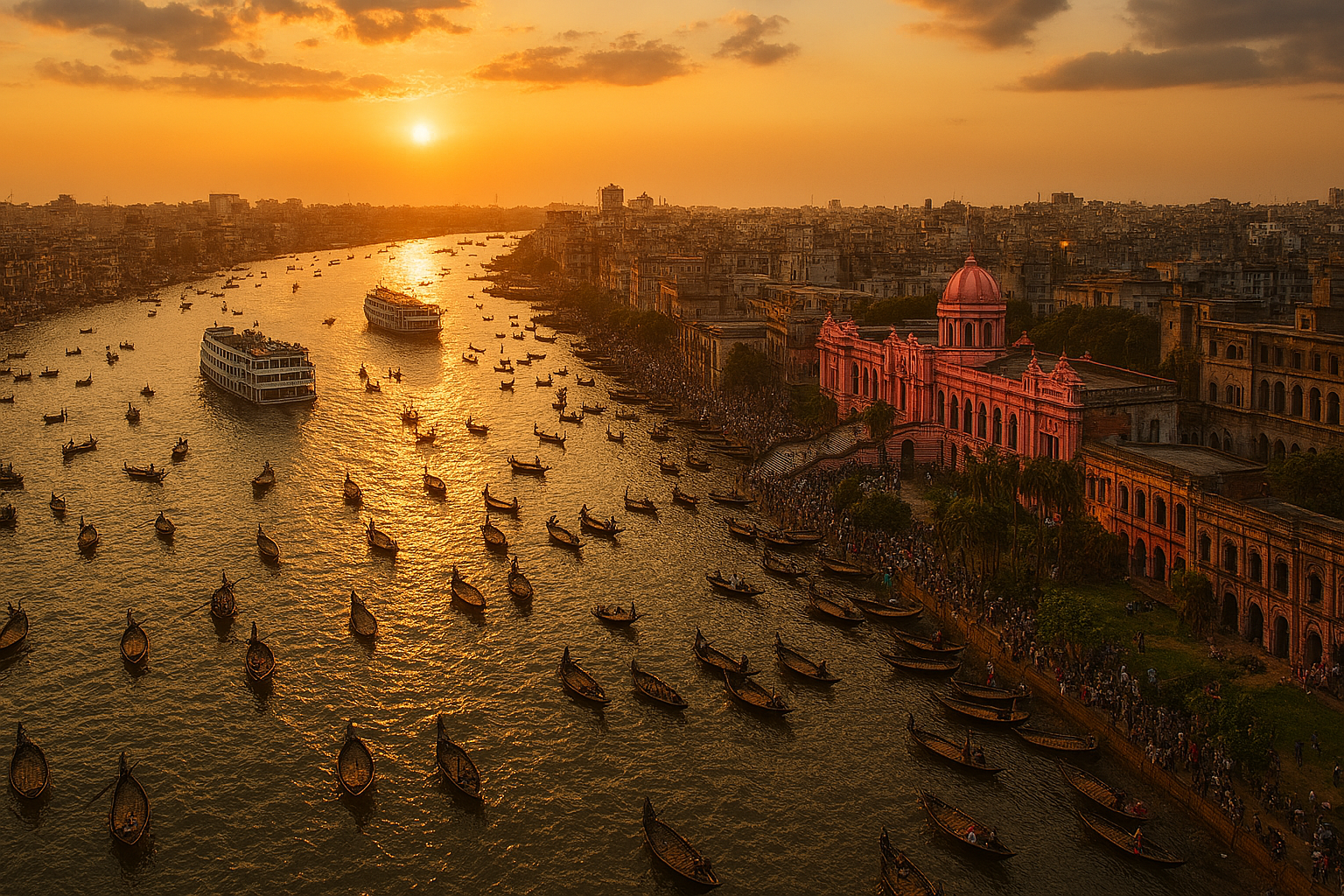Bay of Bengal, A Powerful Lifeline for Bangladesh
The Bay of Bengal in Bangladesh is more than a body of water. It is a source of life, food, trade, and opportunity for millions. Bangladesh’s 710-kilometer coastline connects the nation to the sea and the world. Rivers like the Ganges, Brahmaputra, and Meghna empty into the bay, creating the world’s largest delta. This geography makes the bay central to Bangladesh’s past, present, and future.
For centuries, the Bay of Bengal has shaped Bangladesh’s economy and culture. Fishermen depend on its waters for daily income. Traders move goods across its shipping routes. Today, it provides opportunities for tourism, energy, and geopolitics. According to World Bank, the Bay of Bengal holds untapped potential for growth, but also major climate threats. Understanding its importance is key to securing Bangladesh’s future.
Geography of the Bay of Bengal in Bangladesh
The Bay of Bengal in Bangladesh is unique. It lies at the northern tip of the bay, bordered by India and Myanmar. Bangladesh’s coastline stretches for 710 kilometers, from Cox’s Bazar to Khulna. This makes it one of the most delta-rich coastal areas on Earth.
Every year, more than two billion tons of sediment flow into the bay from Himalayan rivers. This constant flow builds the delta, nourishes farmland, and creates fertile fishing grounds. However, it also contributes to flooding and erosion. Coastal areas like Bhola and Noakhali are particularly vulnerable.
Fisheries and Livelihoods
Fisheries are one of the biggest gifts of the Bay of Bengal in Bangladesh. Marine fish provide over 17 percent of the nation’s animal protein. According to the Department of Fisheries, more than 500,000 fishermen depend directly on the bay for income.
Shrimp farming is also a major industry. Bangladesh exports shrimp worth over $400 million annually, with most farms located along the coastal belt. Fish exports make Bangladesh one of the top fish-producing nations in the world. According to FAO, Bangladesh ranks among the top five global fish producers.
Despite this, overfishing and climate change threaten marine resources. Illegal trawling reduces fish stocks, while rising salinity affects breeding grounds. Sustainable fishing practices are needed to protect both livelihoods and the ecosystem.
Shipping and Trade Routes
The Bay of Bengal in Bangladesh is the nation’s trade gateway. Over 90 percent of international trade moves through seaports like Chattogram, Mongla, and Payra. Chattogram, the largest port, handles more than 3 million containers annually. This makes it one of the busiest ports in South Asia.
The bay also connects Bangladesh to India, Myanmar, and Southeast Asia. Regional shipping lanes pass close to its waters. This gives Bangladesh an important role in global commerce. According to UNESCAP, strengthening port and shipping infrastructure in the Bay of Bengal region could unlock billions in regional trade.
However, congestion at ports and limited deep-sea facilities slow growth. Investment in modern ports like Payra could transform Bangladesh into a logistics hub.
Offshore Gas and Energy Potential
Energy security is another critical role of the Bay of Bengal in Bangladesh. In 2012 and 2014, Bangladesh won maritime boundary disputes with Myanmar and India through the International Tribunal for the Law of the Sea. These rulings gave Bangladesh rights over 118,813 square kilometers of maritime area.
This new territory opened opportunities for offshore oil and gas exploration. Several blocks near Saint Martin’s Island and Cox’s Bazar are believed to hold reserves. According to Petrobangla, offshore gas could reduce dependence on imports and fuel long-term growth.
Still, progress is slow. Exploration requires advanced technology and international partnerships. If developed, offshore reserves could transform Bangladesh’s energy future.
Climate Risks and Vulnerability
The blessings of the Bay of Bengal in Bangladesh also come with dangers. The bay is one of the world’s most cyclone-prone regions. Cyclone Sidr in 2007 killed over 3,400 people and caused $1.7 billion in damages. Cyclone Amphan in 2020 displaced millions.
Rising sea levels pose an even bigger threat. According to IPCC, sea levels in the Bay of Bengal could rise by 50–80 centimeters this century. For low-lying Bangladesh, this could displace millions and submerge farmland.
Saltwater intrusion from the bay also affects agriculture. Farmers in Khulna and Satkhira face soil salinity, reducing rice yields. Climate change turns the bay into both a life source and a risk factor.
Geopolitical Importance of the Bay of Bengal in Bangladesh
The Bay of Bengal in Bangladesh is central to regional geopolitics. It is a key part of the Indo-Pacific, where India, China, and the US compete for influence.
Bangladesh’s location at the northern tip makes it strategically valuable. Its ports can connect South Asia with Southeast Asia. Control of shipping routes through the bay is vital for energy and trade.
China has invested in Bay of Bengal ports under the Belt and Road Initiative. India views the bay as part of its maritime security strategy. For Bangladesh, balancing relationships with both powers while protecting sovereignty is crucial. According to Observer Research Foundation, the Bay of Bengal is becoming the new frontier of Asian geopolitics.
Tourism and Cultural Identity
Tourism adds another layer of value to the Bay of Bengal in Bangladesh. The bay’s coastline is home to world-famous attractions. Cox’s Bazar, the world’s longest natural beach, stretches for 120 kilometers. Kuakata offers sunrise and sunset views over the sea. Saint Martin’s Island, Bangladesh’s only coral island, draws hundreds of thousands of visitors annually.
Tourism supports local economies and creates jobs. It also promotes Bangladesh’s image globally. However, unregulated tourism threatens fragile ecosystems like coral reefs and turtle nesting sites. Eco-tourism policies are needed to balance growth with conservation.
The bay is also part of Bangladesh’s cultural identity. Folklore, songs, and traditions often feature the sea. Fishermen’s communities carry centuries of maritime heritage. The Bay of Bengal is both an economic resource and a cultural symbol.
Security and Maritime Protection
Protecting the Bay of Bengal in Bangladesh is a major responsibility. Illegal fishing, smuggling, and piracy are challenges. Bangladesh’s Navy and Coast Guard patrol its waters to secure sovereignty.
The bay is also vital for disaster management. Early warning systems for cyclones depend on monitoring the bay’s conditions. Bangladesh’s progress in cyclone preparedness has saved thousands of lives in recent years.
Future security will involve cooperation with neighbors. Joint maritime exercises with India and Myanmar can improve stability. International partnerships can also strengthen Bangladesh’s ability to safeguard its waters.
Future Prospects
The future of the Bay of Bengal in Bangladesh holds both opportunities and risks. If managed wisely, it can fuel economic growth, energy security, and global influence. But without sustainable policies, it could bring disaster.
Investments in modern ports, offshore energy, and eco-tourism can unlock growth. At the same time, climate adaptation and conservation are essential. The Bay of Bengal is Bangladesh’s lifeline, but it requires balance between use and protection.
The Bay of Bengal in Bangladesh is more than geography. It is the source of fish, trade, energy, and cultural identity. It also poses risks from climate change and geopolitics. Its importance will only grow in the years ahead.
For Bangladesh, the bay is a gift and a responsibility. Protecting it means protecting the nation’s economy, environment, and future. With wise management, the Bay of Bengal can remain a powerful lifeline for generations.








